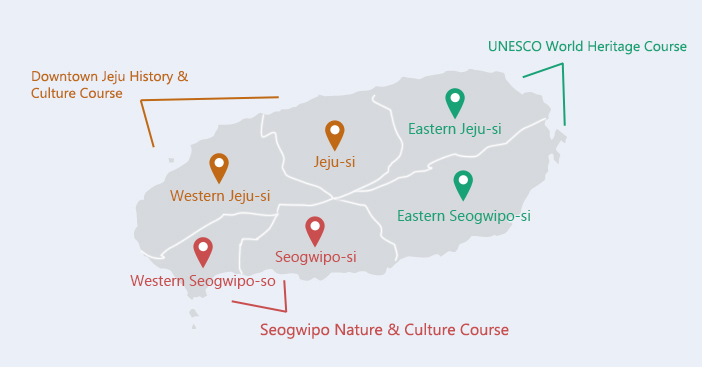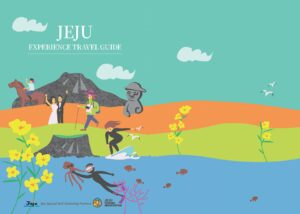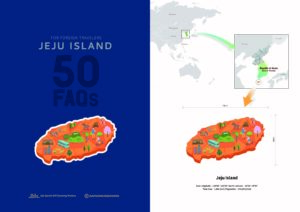Jeju Overview and History
Jeju is proud of its unique cultural folk heritage as well as its geographical and historical relevance. Situated in the center of Northeast Asia, Jeju lies equidistant among South Korea, China, and Japan. It is located southwest of the Korean Peninsula and is the largest island of Korea.
The island itself is an extinct volcano with its peak jutting skyward at the center and a broad, gentle littoral all the way around showing a very unique geographical condition. There are bountiful forests and ravines, fantastic rock formations and volcanic craters, and caves and grasslands that together paint a natural scene of breathtaking beauty. Sparkling seas and tiny islets surround Jeju, with rocks scattering amidst sandy beaches to create a magnificent view everywhere you look.
In June 2007, the volcanic island and lava tube cave systems were designated as UNESCO World Natural Heritage Sites for their natural beauty and geographical value. Jeju Island is not only Korea’s most prestigious destination and top honeymoon spot, but it has been the venue for several political joint summit talks and other major international meetings.
The volcanic lava tubes that make up nearly 10% of the island’s area are a designated UNESCO World Natural Heritage Site. Seongsan Ilchulbong Tuff Cone, Manjanggul Lava Tube, and Hallasan National Park are must-see sights. Additional attractions include forests, waterfalls, and parasitic cones. With so many beautiful things to see, it can be hard work to plan your itinerary. Following our guide, you can enjoy a stress-free, relaxing retreat, no matter which part of Jeju you choose to visit.




